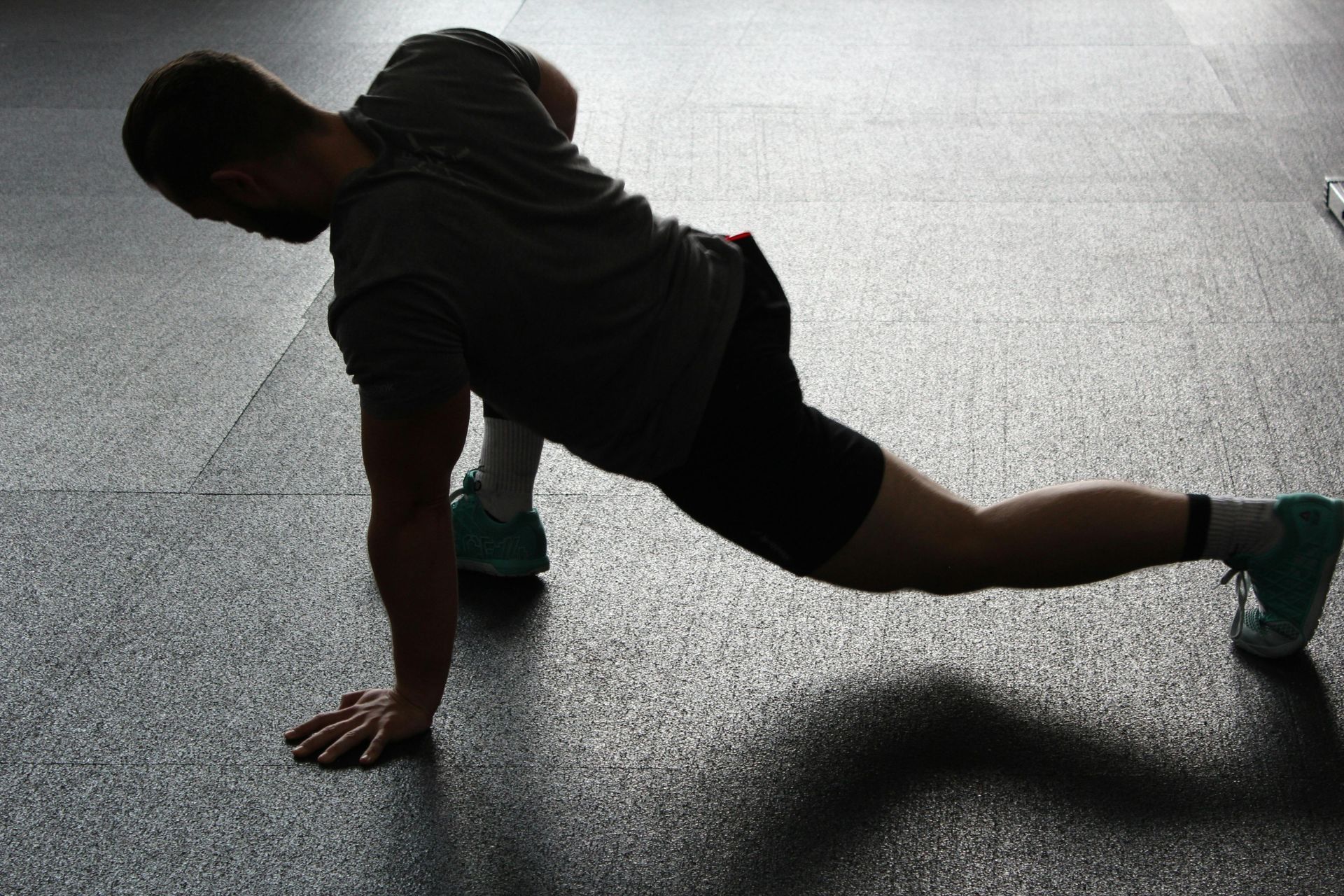Mobility Matters
September 17, 2025

Mobility = Range of Motion + Strength
Mobility is more than just stretching. It is all about owning your position. The goal of mobility training is coordination and connection to ranges of motion. Feeling strong and confident in a movement pattern… squatting, raising your arm overhead, hinging to pick
something off the floor (deadlift), and carrying objects all occur throughout daily life more than just what we do inside the gym.
Flexibility without strength won’t get the job done. Mobility must prepare you to hold
body positions under load; not just making your joints feel looser.
It it feels easy, it's not working. You need to attack the positions you struggle in, load them, and stay there long enough that your body has no choice but to improve.
The better your body position is in an exercise, the more you will get out of it. For example, better ankle mobility will allow you to squat deeper and target muscles in
your legs and hips that may not be getting enough focus, thus gaining more muscle.
If you ever feel like your form/technique is off or have had nagging pain for months, then spending time performing a couple mobility exercises for a specific body part will help prevent injury and decrease pain and stiffness. There is more to doing mobility exercises than improving your workouts in the gym.
Mobility training also improves mental well-being. It is a great way to connect with the “rest and digest” parasympathetic nervous system allowing yourself to be more mindful by connecting to your breath and body.
You will find better success and carryover by incorporating short, frequent bouts of
mobility exercises (5 minutes/day), rather than a long session (one 30 minutesession/week). Include exercises into your daily routine such as getting down on your
living-room floor while watching TV or doing an ankle mobility drill while brushing your
teeth.
You’re not getting old… you’ve been neglecting yourself. Mobility is the perfect way to start feeling good again.
Mobility is more than just stretching. It is all about owning your position. The goal of mobility training is coordination and connection to ranges of motion. Feeling strong and confident in a movement pattern… squatting, raising your arm overhead, hinging to pick
something off the floor (deadlift), and carrying objects all occur throughout daily life more than just what we do inside the gym.
Flexibility without strength won’t get the job done. Mobility must prepare you to hold
body positions under load; not just making your joints feel looser.
It it feels easy, it's not working. You need to attack the positions you struggle in, load them, and stay there long enough that your body has no choice but to improve.
The better your body position is in an exercise, the more you will get out of it. For example, better ankle mobility will allow you to squat deeper and target muscles in
your legs and hips that may not be getting enough focus, thus gaining more muscle.
If you ever feel like your form/technique is off or have had nagging pain for months, then spending time performing a couple mobility exercises for a specific body part will help prevent injury and decrease pain and stiffness. There is more to doing mobility exercises than improving your workouts in the gym.
Mobility training also improves mental well-being. It is a great way to connect with the “rest and digest” parasympathetic nervous system allowing yourself to be more mindful by connecting to your breath and body.
You will find better success and carryover by incorporating short, frequent bouts of
mobility exercises (5 minutes/day), rather than a long session (one 30 minutesession/week). Include exercises into your daily routine such as getting down on your
living-room floor while watching TV or doing an ankle mobility drill while brushing your
teeth.
You’re not getting old… you’ve been neglecting yourself. Mobility is the perfect way to start feeling good again.
What are you waiting for? Join AMRAP today!
Schedule your free trial today to get started.


